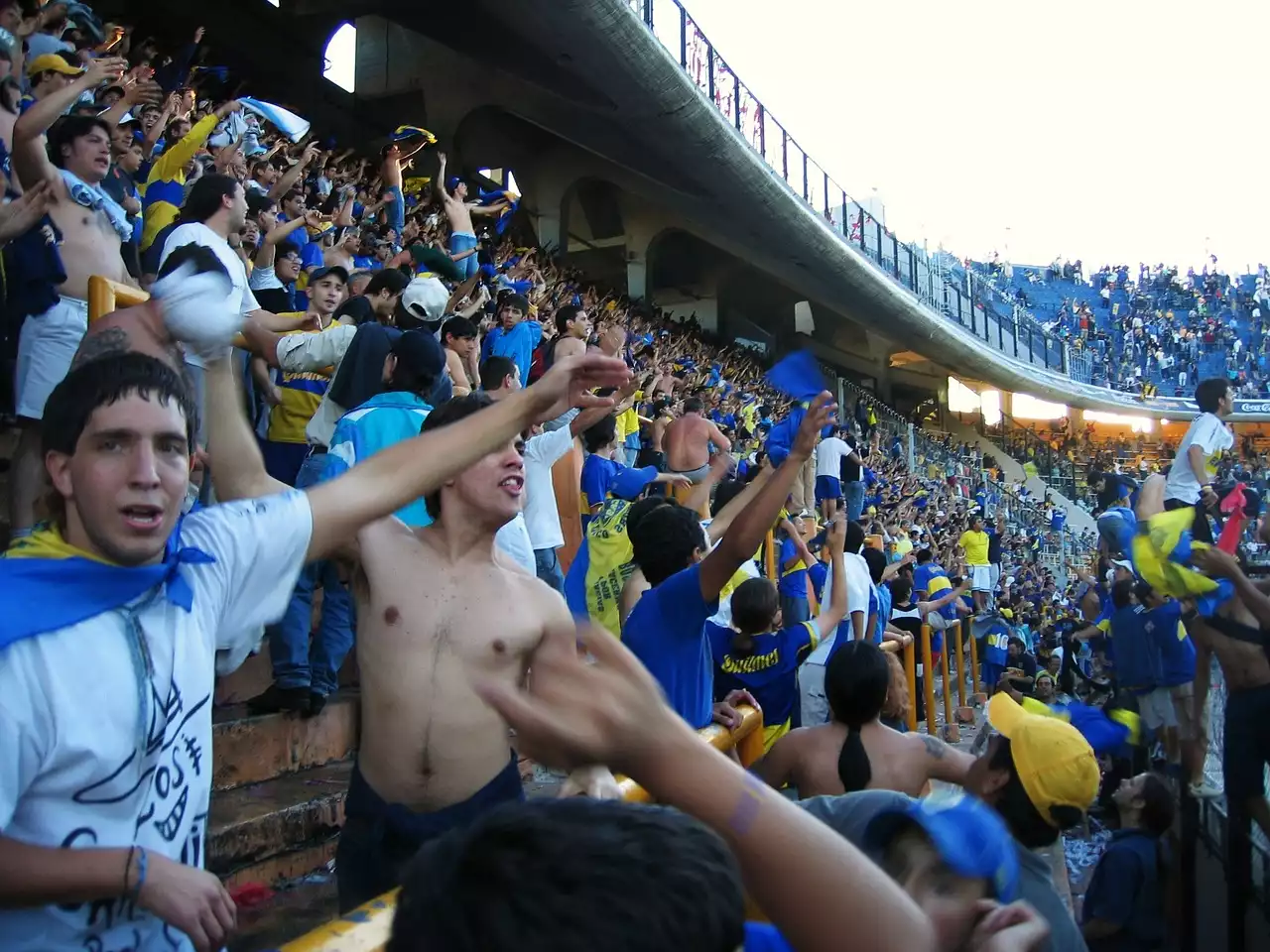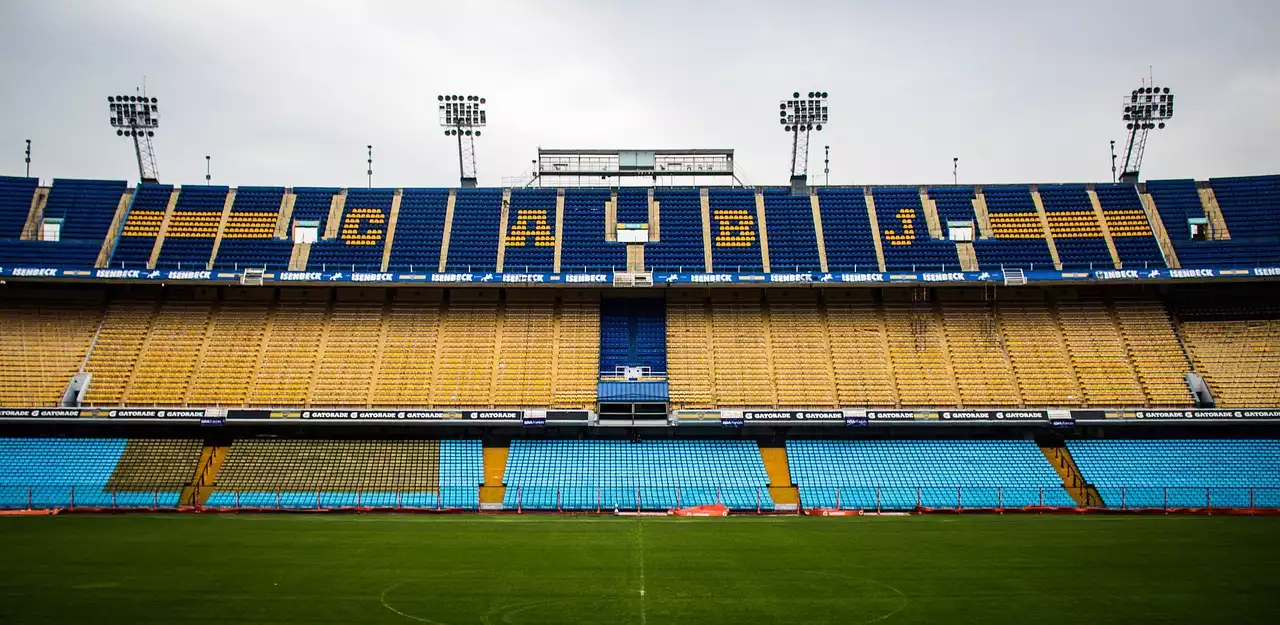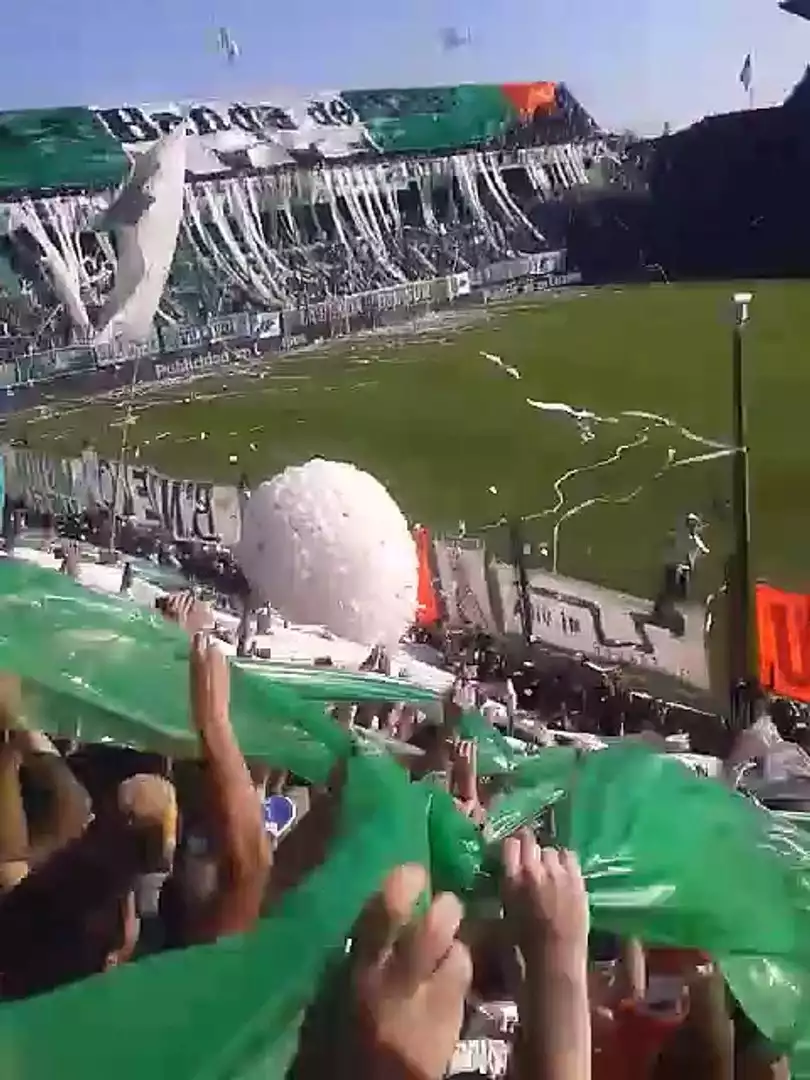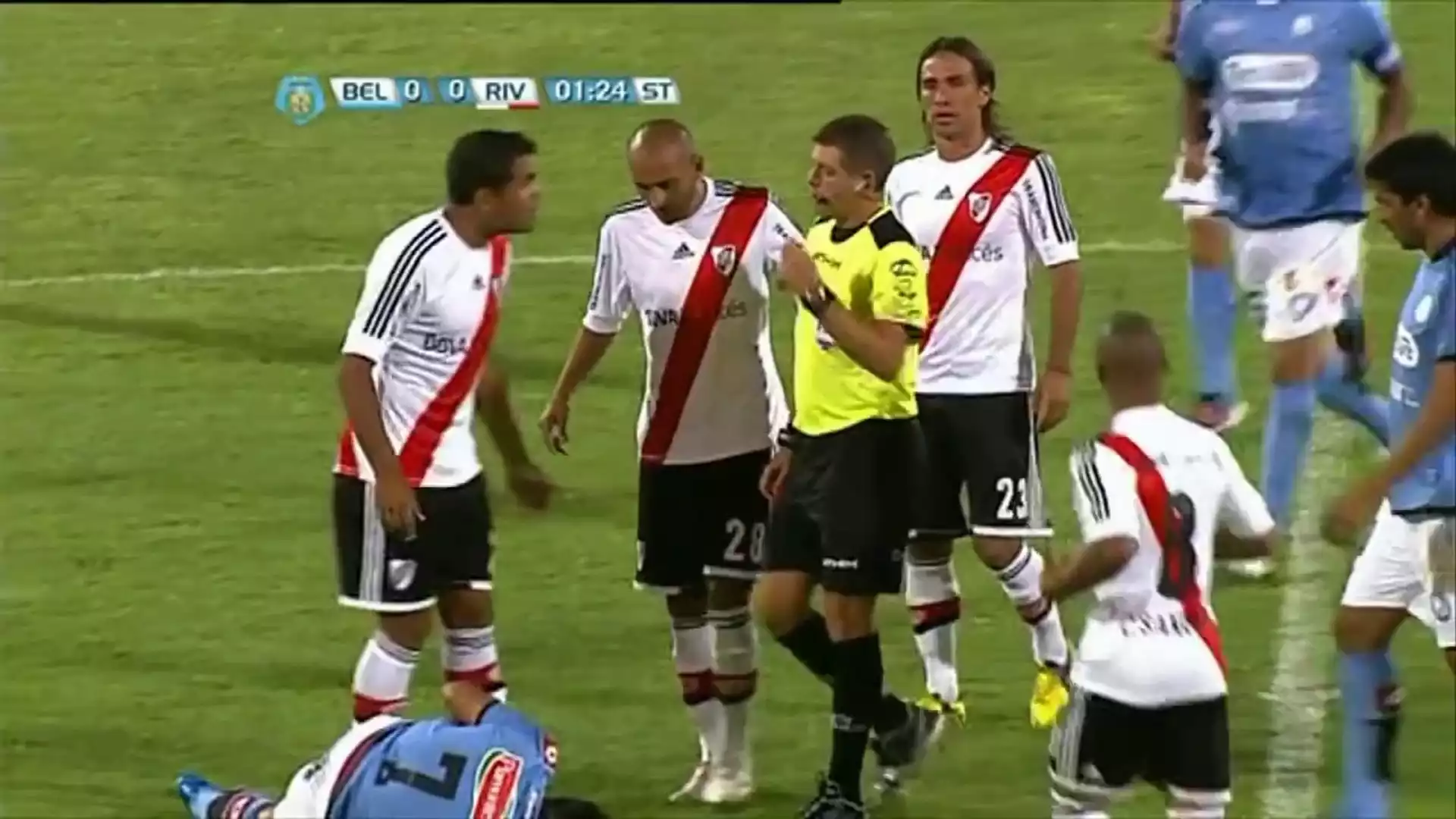The history and origin of the Superclásico
The Superclásico between River Plate and Boca Juniors has a rich and storied history that dates back over a century. The rivalry began in 1913 when Boca Juniors decided to move their stadium to the same neighborhood as River Plate. This geographical proximity ignited a fierce competition between the two clubs, and the Superclásico was born. Since then, the matches between River Plate and Boca Juniors have become the most anticipated events in Argentine football.
The rivalry has been marked by intense competition and fierce battles for supremacy. Both clubs have a long list of achievements and success, which adds fuel to the fire of this historic rivalry. The Superclásico has seen numerous memorable moments, including dramatic comebacks, last-minute goals, and controversial incidents. These moments have only served to further elevate the status of the Superclásico as one of the most captivating and enthralling rivalries in football.
Memorable moments and matches in the rivalry
Over the years, the Superclásico has produced countless memorable moments and matches that have etched themselves into the annals of football history. One of the most unforgettable encounters took place in the final of the Copa Libertadores in 2018. The two-legged final saw both teams battle it out for South American supremacy. The first leg ended in a 2-2 draw at Boca Juniors' stadium, La Bombonera, while the second leg was scheduled to be played at River Plate's El Monumental. However, due to safety concerns, the match was moved to Madrid, Spain. River Plate emerged victorious, winning 3-1 and securing their fourth Copa Libertadores title in the process.
Another memorable match in the Superclásico rivalry took place in 2004. Boca Juniors and River Plate faced off in the final of the Copa Libertadores once again. The tie was finely balanced after a 1-1 draw in the first leg. In the second leg, Boca Juniors emerged as 2-0 winners, securing their sixth Copa Libertadores title. This victory further cemented Boca Juniors' status as one of the most successful clubs in South American football.
The significance of the Superclásico in Argentine football
The Superclásico holds immense significance in Argentine football. It not only divides the city of Buenos Aires but also captivates the entire nation. The rivalry between River Plate and Boca Juniors represents more than just a football match; it is a battle for supremacy and bragging rights. The Superclásico showcases the passion, intensity, and skill that Argentine football is renowned for.
The matches between River Plate and Boca Juniors have a way of bringing out the best in both teams. The players, coaches, and fans alike understand the importance of this rivalry and the impact it can have on their legacies. The Superclásico has the power to define careers, with players forever being remembered for their performances in these matches. The significance of the Superclásico in Argentine football cannot be overstated.
The impact of the rivalry on the fans and the city
The Superclásico rivalry has a profound impact on the fans and the city of Buenos Aires. The passion and fervor displayed by the supporters of River Plate and Boca Juniors are unmatched. The stadiums come alive with a sea of colors, songs, and chants, creating an atmosphere that is truly electric. The fans live and breathe every moment of the game, making the Superclásico an intense and emotional experience.
The rivalry between River Plate and Boca Juniors extends beyond the football pitch and seeps into every aspect of life in Buenos Aires. The city is divided into two halves, with each half fiercely supporting their respective club. The Superclásico is a topic of discussion in every bar, café, and workplace. It is a rivalry that brings people together, igniting conversations and debates that can last for days.
Notable players who have played in the Superclásico
The Superclásico has been graced by some of the greatest players in the history of Argentine football. Legends such as Diego Maradona, Alfredo Di Stefano, Juan Roman Riquelme, and Ariel Ortega have all left their mark on this iconic rivalry. These players have showcased their skill, talent, and determination in the Superclásico, etching their names into the folklore of Argentine football.
Diego Maradona, widely regarded as one of the greatest footballers of all time, had a memorable spell at Boca Juniors. Maradona's performances in the Superclásico are still talked about to this day. His skill, flair, and ability to perform under pressure made him a fan favorite and a true legend of the Superclásico.
The cultural and social aspects of the River Plate vs Boca Juniors rivalry
The Superclásico is not just a football match; it is a reflection of the cultural and social fabric of Argentina. The rivalry between River Plate and Boca Juniors is deeply ingrained in the history and identity of the nation. The clubs are more than just football teams; they represent different social classes, neighborhoods, and ideologies.
The Superclásico brings people from all walks of life together. It transcends social barriers and unites fans in their love for their respective clubs. The passion and loyalty displayed by the fans are a testament to the cultural and social significance of the Superclásico.
How the Superclásico has evolved over the years
The Superclásico has evolved over the years, adapting to the changing dynamics of the game and society. The rivalry has become more global in nature, with fans from all over the world tuning in to watch the matches. The advent of technology and social media has made it easier for fans to connect and engage with each other, further fueling the intensity and passion of the Superclásico.
Additionally, the Superclásico has become more commercialized, with sponsors and advertisers recognizing the immense value of this iconic rivalry. The matches are now broadcasted to millions of viewers worldwide, generating substantial revenue for the clubs and the league. While some purists argue that this commercialization has taken away from the essence of the Superclásico, it has also allowed the rivalry to reach new heights and captivate a global audience.
Comparing the stadiums: El Monumental vs La Bombonera
El Monumental, the home stadium of River Plate, and La Bombonera, the home stadium of Boca Juniors, are two of the most iconic football stadiums in the world. Both venues have a rich history and unique characteristics that add to the atmosphere of the Superclásico.
El Monumental is the largest stadium in Argentina, with a seating capacity of over 70,000. The stadium is known for its grandeur and imposing presence. The atmosphere inside El Monumental during a Superclásico is electric, with fans creating a wall of noise that reverberates throughout the stadium. The passion and intensity of the River Plate supporters make El Monumental a fortress for the team.
La Bombonera, on the other hand, is smaller in size but no less intimidating. The stadium is known for its unique shape and design, with fans sitting almost on top of the pitch. The close proximity of the fans to the action creates an intense and claustrophobic atmosphere. La Bombonera has witnessed some of the most unforgettable moments in the Superclásico, with the fans playing a crucial role in spurring their team on to victory.
The future of the Superclásico and its importance in football
As the Superclásico continues to captivate the hearts and minds of football fans around the world, its importance in the world of football is only set to grow. The rivalry between River Plate and Boca Juniors represents the essence of the beautiful game - passion, skill, and fierce competition. The Superclásico is a reminder of why we fell in love with football in the first place.
Looking ahead, the future of the Superclásico is bright. The rivalry will continue to produce unforgettable moments, fierce battles, and legendary players. The passion and intensity of the fans will ensure that the Superclásico remains one of the most anticipated events in world football. As long as there is football, there will be the Superclásico - a true spectacle that transcends borders, cultures, and generations.










